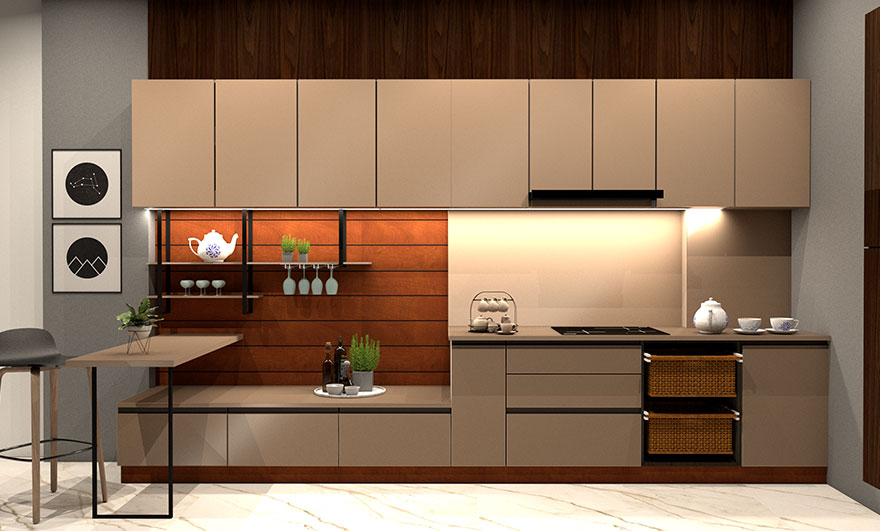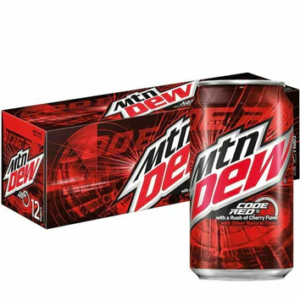
A well-designed kitchen is the heart of every home. It is where meals are prepared, conversations flow, and memories are made. A modular kitchen is a modern solution that offers functionality, style, and convenience. Whether you are setting up a new home or renovating your existing space, choosing the right modular kitchen design can make a huge difference.
In this guide, we will help you understand the basics of kitchen design, explore different modular kitchen designs, and provide practical tips to create the perfect kitchen interior design for your home.
What is a Modular Kitchen?
A modular kitchen is a contemporary and flexible kitchen layout that consists of pre-manufactured cabinet modules. These modules come in different sizes, designs, and functionalities to fit various kitchen spaces. Unlike traditional kitchens, which are built on-site, a modular kitchen is factory-made and then installed in your home. This makes the installation process quick and hassle-free.
Benefits of a Modular Kitchen
-
Space Optimization – Modular kitchens are designed to make the best use of available space, ensuring that every corner is utilized efficiently.
-
Customizable Design – You can choose from a variety of modular kitchen designs that suit your personal taste and needs.
-
Easy Maintenance – Since modular kitchens are made of separate units, cleaning and maintenance become easier.
-
Modern and Stylish Look – A modular kitchen gives your home a sleek and contemporary feel.
-
Durability – The materials used in modular kitchens are sturdy and long-lasting.
How to Choose the Perfect Modular Kitchen
Choosing the right modular kitchen involves careful planning. Here are some important factors to consider:
1. Understand Your Kitchen Space
The first step in kitchen design is to analyze the space available. Whether you have a small or large kitchen, the layout should allow free movement and easy access to all areas.
2. Select the Right Layout
There are several modular kitchen designs to choose from, depending on your space and needs:
-
L-Shaped Kitchen – Best for small to medium-sized kitchens. It offers a functional work triangle between the stove, sink, and refrigerator.
-
U-Shaped Kitchen – Ideal for large kitchens, providing ample storage and workspace.
-
Parallel Kitchen – Suitable for narrow spaces, featuring two opposite countertops.
-
Island Kitchen – A modern choice with an additional counter in the center, great for open kitchens.
-
Straight Kitchen – Best for compact apartments, where all appliances and cabinets are aligned in a single row.
3. Choose High-Quality Materials
The durability of your modular kitchen depends on the materials used. Consider the following:
-
Plywood – A strong and moisture-resistant option for cabinets.
-
MDF (Medium-Density Fiberboard) – A cost-effective material with a smooth finish.
-
HDF (High-Density Fiberboard) – More durable than MDF, suitable for long-term use.
-
Stainless Steel – Best for heavy-duty kitchens, as it is resistant to water and fire.
4. Select the Right Finishes
The finish of your kitchen cabinets and countertops enhances the look and feel of the space. Popular finishes include:
-
Laminate – Affordable and available in various colors and patterns.
-
Acrylic – Provides a glossy and premium look.
-
PU (Polyurethane) – Long-lasting and resistant to stains.
-
Wood Veneer – Offers a natural wood-like appearance.
5. Focus on Storage Solutions
A well-organized kitchen makes cooking more efficient. Here are some smart storage options:
-
Pull-Out Drawers – Easy to access and perfect for utensils and small appliances.
-
Corner Units – Utilize tricky corners with rotating trays or pull-out shelves.
-
Overhead Cabinets – Great for storing less frequently used items.
-
Tall Units – Ideal for stocking groceries and kitchen essentials.
6. Choose Efficient Lighting
Good lighting enhances kitchen interior design and improves functionality. Consider a combination of:
-
Task Lighting – Focused lighting over the countertop and stove area.
-
Ambient Lighting – General illumination for the whole kitchen.
-
Accent Lighting – Adds a decorative touch, such as under-cabinet LED lights.
7. Pick the Right Appliances
A modular kitchen should have energy-efficient and space-saving appliances. Essential appliances include:
-
Chimney or Exhaust Fan – Keeps the kitchen smoke-free.
-
Built-in Oven and Microwave – Saves space and enhances the kitchen’s look.
-
Induction or Gas Stove – Choose based on your cooking preference.
-
Dishwasher – Reduces manual effort and keeps the kitchen tidy.
8. Consider Ventilation
Proper ventilation prevents heat and odors from accumulating in the kitchen. A well-placed window or an exhaust system is essential for maintaining fresh air circulation.
9. Set a Budget
Decide on a budget before finalizing your modular kitchen. The cost will vary based on materials, finishes, and appliances. Always invest in high-quality materials to ensure durability.
Final Thoughts
A well-planned modular kitchen not only enhances the aesthetics of your home but also makes cooking a pleasant experience. By choosing the right modular kitchen design, selecting high-quality materials, and optimizing storage, you can create a kitchen that is both beautiful and functional.
If you are looking for a stylish and durable modular kitchen, explore the latest designs available at Wooden Street. With a wide range of customizable options, you can find the perfect kitchen interior design that suits your needs and lifestyle.





